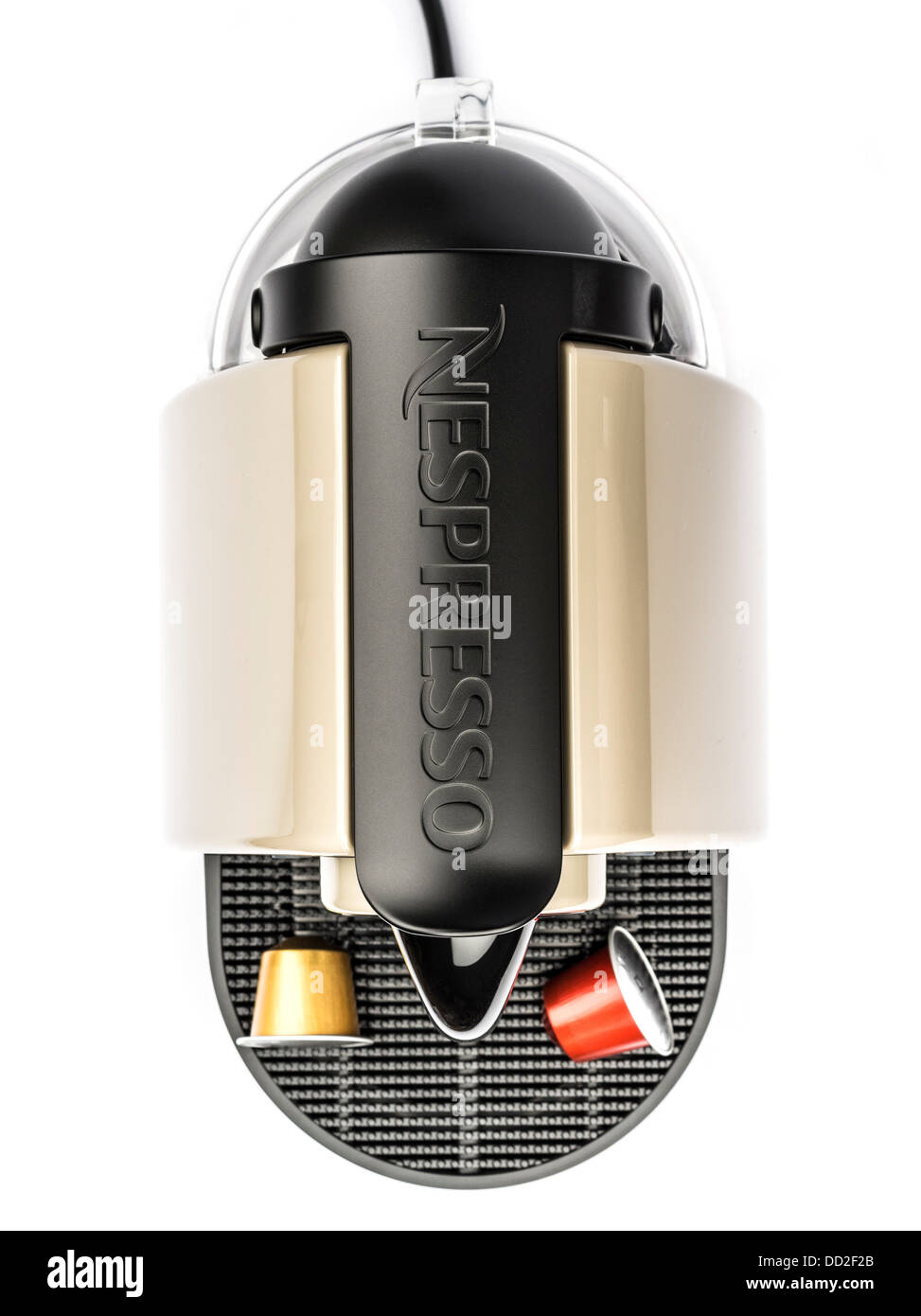When one contemplates the quintessential coffee-making apparatus, the espresso machine invariably emerges as a paragon of complexity and refinement. Particularly intriguing is the top view of an espresso coffee machine, which serves as a visual encapsulation of both its functionality and design aesthetics. By examining this perspective, we can engage in a deeper exploration of the connotations and implications of coffee culture, as well as its socio-economic ramifications.
Espresso machines are emblematic of a broader culinary tradition that seeks to elevate the mundane act of brewing coffee into a form of artistry. In the following sections, we will dissect the visual and functional aspects of espresso machines as seen from above, delve into the cultural significance of this popular beverage, and evaluate the ethical concerns surrounding its production and consumption.
Analysis of the Aesthetic and Functional Aspects of Espresso Machines
The top view of an espresso machine reveals a distinctive layout comprised of various components that harmonize to create a sublime coffee experience. The alignment of the portafilter, steam wand, and water reservoir conjures a sense of order and efficiency. This perspective accentuates the symmetry of the machine; each element plays a crucial role in the alchemy of transforming mere water and coffee grounds into a concentrated elixir.
The portafilter, often crafted from polished metal, stands out in its simplicity and elegance. It is here that the coffee grounds are carefully tamped—a process that requires precision and meticulousness. This practice enhances the extraction process, ensuring that the rich flavors are released, an aspect often taken for granted by the casual coffee drinker. The top view allows us to appreciate how the user interacts with this crucial component, emphasizing the tactile and sensory experiences inherent in the brewing process.
Moreover, the intricacy of the steam wand emerges prominently from this angle. It serves a dual purpose: not only does it froth milk for lattes and cappuccinos, it symbolizes the intersection between technology and culinary creativity. The steam wand stands as a testament to the technical prowess of baristas, who harness its power to concoct visually appealing beverages that tantalize the taste buds. As one gazes down upon the espresso machine, it becomes evident that it is not simply a mechanical device but an instrument of expression.
Finally, the water reservoir, typically located at the rear or side of the machine, signifies the lifeblood of the operation. Its presence serves as a reminder of the fundamental resource required for every cup of coffee. Viewing it from above, one can appreciate the design considerations that maximize efficiency, from volume indicators to user-friendly access points.
The Socio-Cultural Significance of Coffee Consumption
Espresso coffee has long been woven into the tapestry of social interaction, acting as a facilitator of dialogue and connection. The very act of brewing the perfect cup has transcended the realm of mere consumption, evolving into a ritual that cultivates community. Through the lens of the espresso machine, one can observe how coffee shops have become modern-day agorae, where diverse individuals congregate, engage in meaningful discourse, and foster relationships.
The design of these machines reflects not just technological advancements but also a shift in societal values. The emergence of artisanal coffee culture, particularly in urban environments, has led to the proliferation of specialty coffee shops that prioritize quality over quantity. The top view of the espresso machine, with its sleek lines and polished surfaces, speaks volumes about the care and craftsmanship that underpin this movement. Here, coffee is elevated to an artisanal status, compelling consumers to reconsider their consumption habits and value the nuances of flavor.
However, it is essential to interrogate the socio-economic implications of this burgeoning coffee culture. The global demand for espresso-based beverages often masks the realities of labor practices in coffee-producing nations. Many farmers operate under exploitative conditions, struggling to secure fair compensation for their labor. As one gazes at the streamlined and aesthetically pleasing design of an espresso machine, it is imperative to reflect on the ethical dimensions of coffee consumption—what is the cost of enjoying that perfectly brewed shot of espresso?
Additionally, the cultural appropriation of coffee traditions, particularly in Western contexts, raises critical questions about authenticity and representation. The top view of an espresso coffee machine encourages an examination of how coffee is often commodified and detached from its cultural roots, reducing a rich tradition to an aesthetic experience devoid of context. The act of sipping an espresso should be accompanied by an awareness of the historical and cultural significance of the beverage.
Ethical Considerations in Coffee Production and Consumption
The environmental impact of coffee cultivation cannot be overlooked, especially as consumers become increasingly conscious of sustainability. The mechanization of coffee production, often accompanied by deforestation and biodiversity loss, poses a direct threat to ecosystems and local communities. Viewing an espresso machine from its top angle prompts reflection on these broader environmental issues and reveals the interconnectedness of the coffee supply chain.
Additionally, the rise of third-wave coffee movements advocates for sustainable practices, encouraging consumers to support fair trade and organic farming. By aligning with brands that prioritize ethical sourcing, consumers can play a pivotal role in reshaping the coffee industry. The espresso machine, standing majestically at the center of a coffee ritual, serves not only as a tool for brewing but also as a symbol of an evolving landscape marked by increased awareness and responsibility.
In conclusion, the top view of an espresso coffee machine provides a multifaceted perspective that invites deeper contemplation of its aesthetic, cultural, and ethical dimensions. While exploring the intricate components of the machine can incite a newfound appreciation for the artistry of coffee-making, it also serves as a reminder of the attendant responsibilities that accompany our choices as consumers. This perspective implores us to consider not only the sensory pleasures of our daily rituals but also their broader implications on society, culture, and the environment.
In a world where coffee consumption is ubiquitous and often unquestioned, this analytical lens challenges us to critically engage with our habits and to re-evaluate the costs associated with our enjoyment. Only through conscious consideration and ethical choices can we foster a more just and sustainable coffee culture that honors the myriad stories and labor that contribute to each cup.








Leave feedback about this